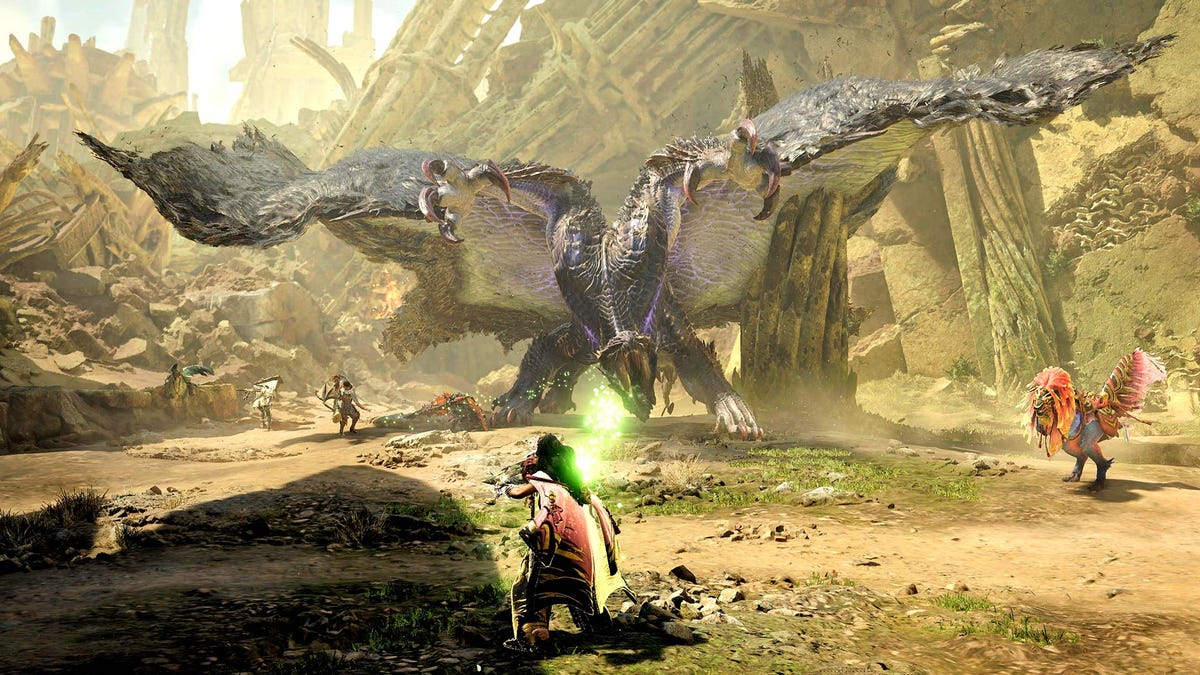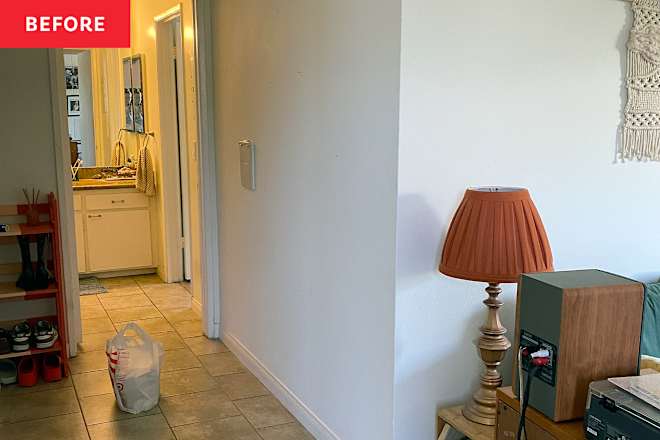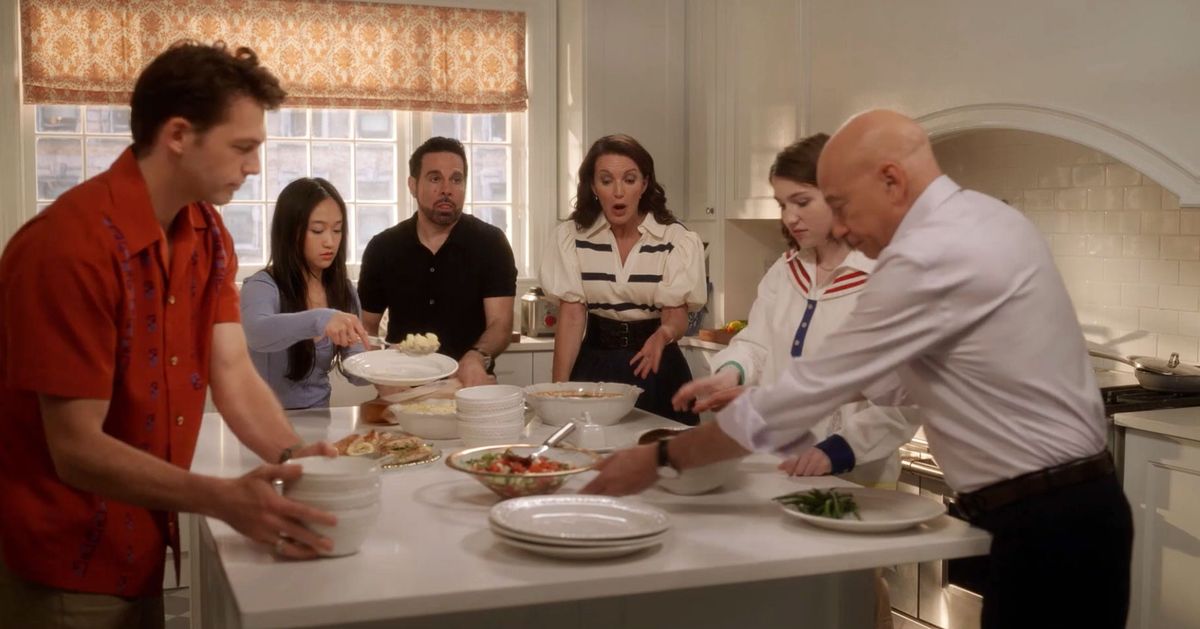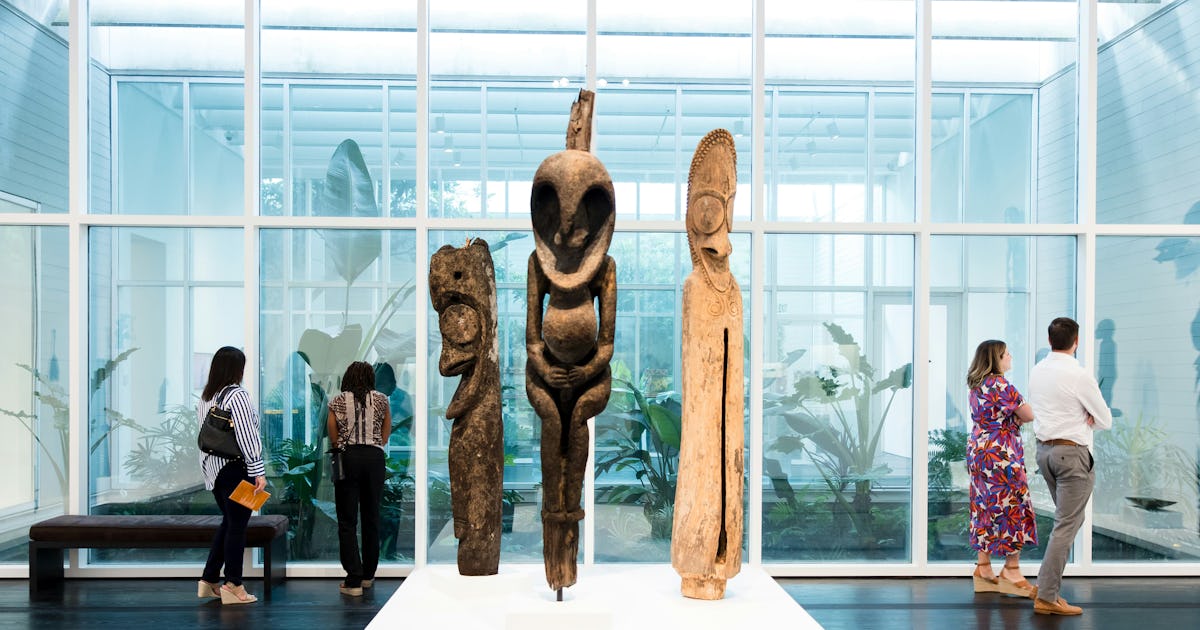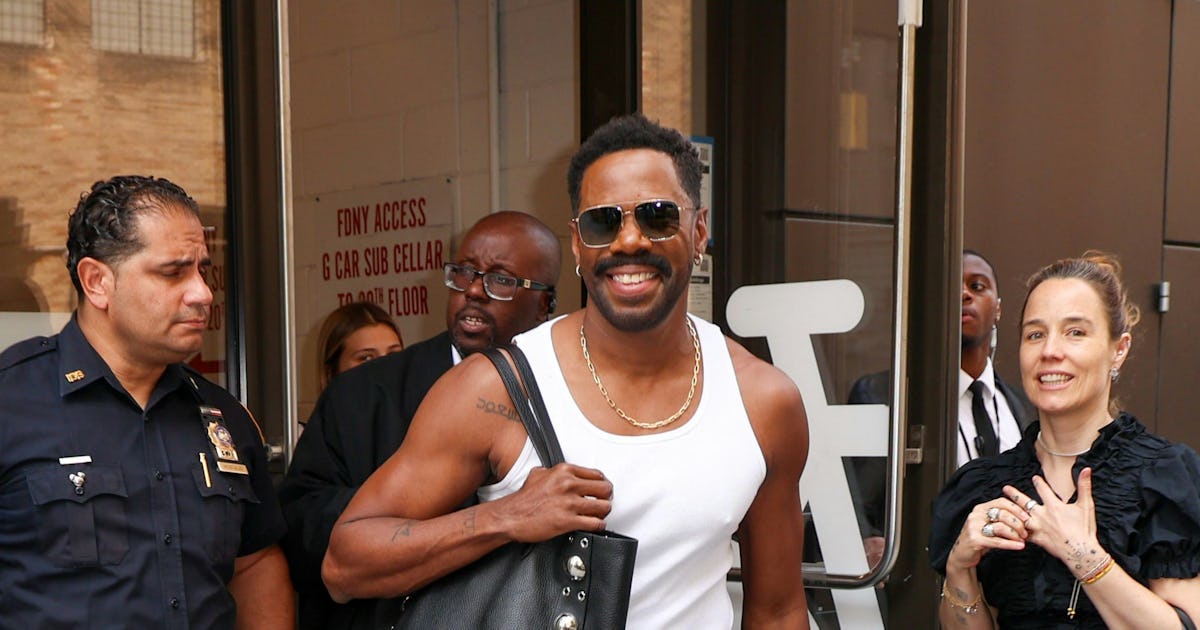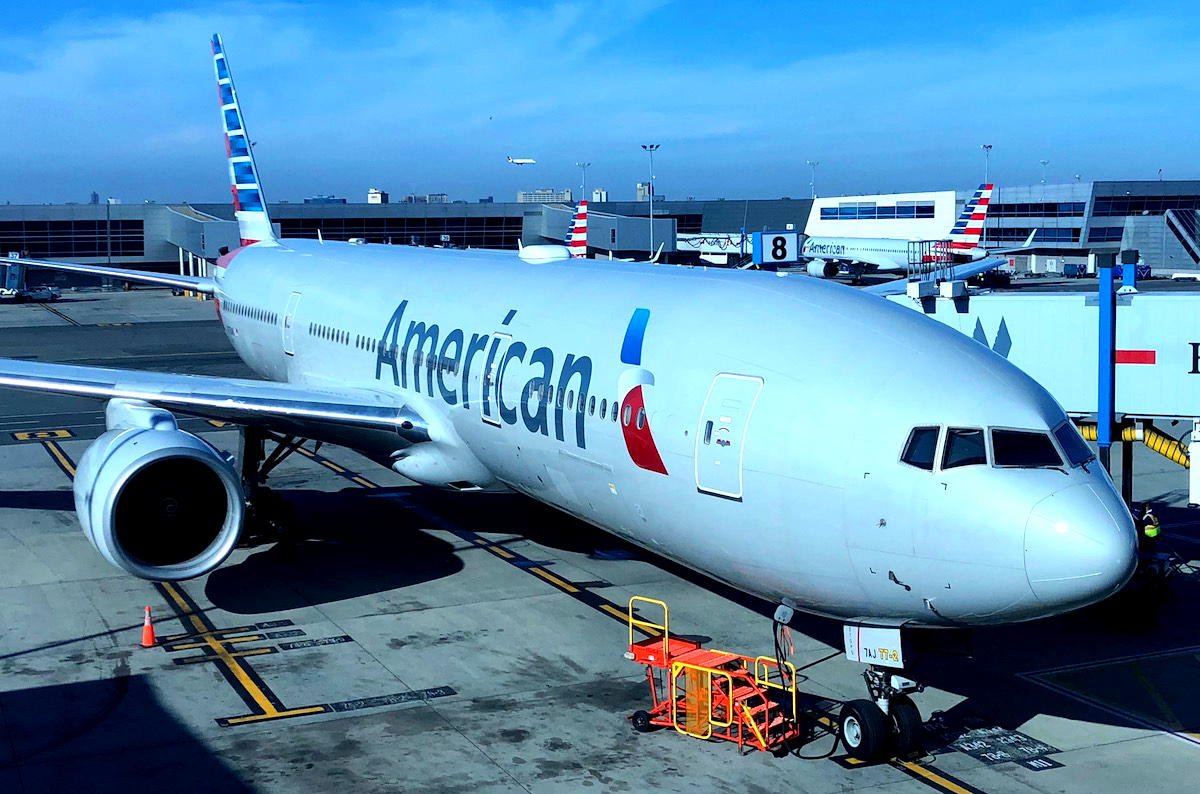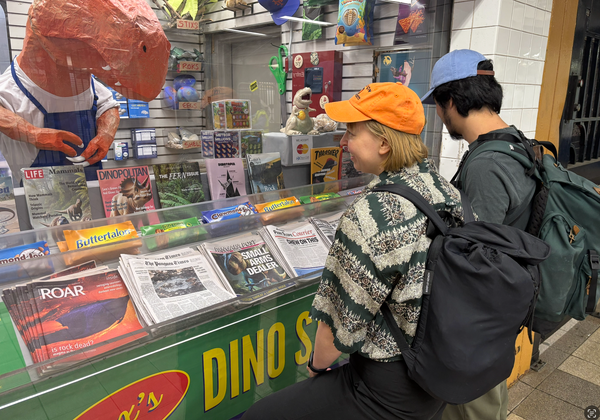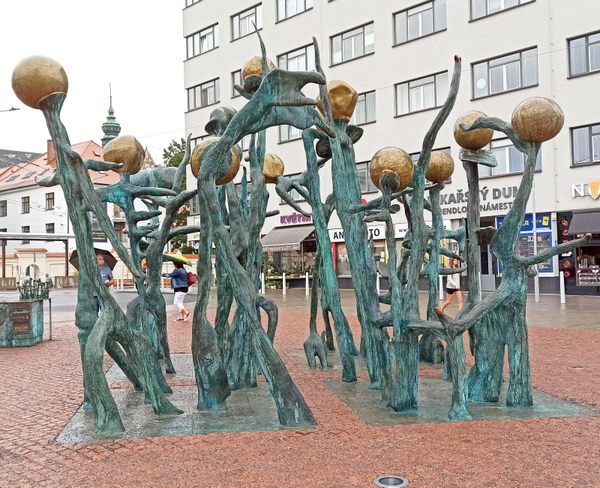Do New York City Rats Deserve Their Bad Rap?
Listen and subscribe on Stitcher, Apple Podcasts, Spotify, and all major podcast apps. Dylan Thuras: I’m here with Alan Dovinsky, who is a producer of the Terrestrials podcast. Hi, Alan. Thanks for coming on the show. Alan Dovinsky: Yeah, absolutely. So glad to be here. Dylan: So, it’s Bad Rap Week on the show, and all week we’ve been collaborating with the Terrestrials podcast to tell stories of people, places, animals that have a bad reputation—and the sometimes-surprising truths behind them. Not everyone is getting reformed. We’re just figuring out whether they deserve their reputation or not. Today, we are talking about rats. It’s Bad Rat Week or Bad Rat Day on the show. And, you know, to be honest, I guess call me neutral on rats. I don’t love them. I’m a rat agnostic. I don’t even know that I think they’re gross. They’re just part of the city. It’s like seeing a squirrel in the backyard of a suburban home. They’re just there. They’re part of the landscape. But of course, people have very strong opinions about rats, especially New Yorkers, who we do honestly have interactions with rats almost every day. Alan, you live in the city. When you started doing all this reporting on rats, you came up with what I thought was a really fun project. You set up this rat hotline. You posted flyers around the city with a phone number and asked people to call in and report their stories and opinions about rats. I love this. I would love to hear some of this tape. This is an edited transcript of the Atlas Obscura Podcast: a celebration of the world’s strange, incredible, and wondrous places. Find the show on Apple Podcasts, Spotify, and all major podcast apps. Caller 1: So, I was walking home last year in the dark, kind of looking at something on my phone, not paying attention, and all of a sudden I step on something squishy. And so I lifted up my foot and it squeaked and limped away. It was the most vile thing I’ve ever experienced in my life. I sort of feel bad, but also—get out of my block. Caller 2: I love rats. When I was 18 years old, I took my senior portrait with a rat. I borrowed my friend’s rat. I’m also an upright bass player, so I knew I wanted my upright bass in these photos. So I have all these photos of me at 18 with an upright bass in one hand and a rat in the other. I hope you have a great day filled with rats. Caller 3: I was living in New York. What’s interesting is there’s this one rat that had a white streak across the back of it that I noticed would get on the train at about the same time I would every morning for school. I’d walk in, see the rat, he’d jump on the subway. He’d get off the station right before mine. It kind of gave me the realization that, you know, this little dude is actively participating in what seems to be some sort of routine. I don’t know. Interesting. Yeah, thanks. Dylan: It is crazy to watch a rat get on the subway and then get off the subway. They don’t call it the rat race for nothing. You know what I mean? Alan: A lot of New Yorkers love to hate this rat, this creature, because it does sort of represent a scrappiness that I think a lot of people in New York identify with, a sort of fighting spirit, a willingness to do what it takes to get by. And that’s certainly something that draws me to the rat is that it is so resourceful and it’s so shrewd. It’s a very cunning creature. That’s like kind of its superpower. Dylan: Today, I want to be like the people who called into this rat hotline. I’m going to take a stand on rats. No more will I be neutral on rats. I will be pro- or anti-rat. And to do this, Alan’s going to take me into the underground world of New York City rats. We’re going to hear about the good, the bad, the ugly, the disgusting. There’s a lot of that. I want to see which side I fall into. How do I feel about rats once I know a lot more about them? So come with me. You can keep score as I decide whether New York City rats deserve their bad reputation. There are an estimated three million rats in New York City. They’re not unique to the city, of course, but New Yorkers do have a special relationship to rats. But before I made up my own mind, I wanted to know about Alan’s special relationship with rats, how he got into this kind of reporting. Tell me, how did you fall down the proverbial rat hole? Alan: Well, I mean, okay, first of all, Dylan, think about it. Think about that number, that staggering number: Three million rats. There’s an estimated nine million people. That’s one rat for every three people in New York City. Dylan: I like to think of it as one rat per household. It’s a rat per dwelling unit. Alan: It’s incredible. For a creature that’s so prevalent in this city’s landscape, for us to know so little about it, and for us to be so disinterested in it as a species—because we’re generally repelled by them—who wants to study a rat in what I would consider its natural habitat, the sewers of New York City? It’s disgusting. Nob

Listen and subscribe on Stitcher, Apple Podcasts, Spotify, and all major podcast apps.
Dylan Thuras: I’m here with Alan Dovinsky, who is a producer of the Terrestrials podcast. Hi, Alan. Thanks for coming on the show.
Alan Dovinsky: Yeah, absolutely. So glad to be here.
Dylan: So, it’s Bad Rap Week on the show, and all week we’ve been collaborating with the Terrestrials podcast to tell stories of people, places, animals that have a bad reputation—and the sometimes-surprising truths behind them.
Not everyone is getting reformed. We’re just figuring out whether they deserve their reputation or not. Today, we are talking about rats. It’s Bad Rat Week or Bad Rat Day on the show. And, you know, to be honest, I guess call me neutral on rats. I don’t love them. I’m a rat agnostic.
I don’t even know that I think they’re gross. They’re just part of the city. It’s like seeing a squirrel in the backyard of a suburban home. They’re just there. They’re part of the landscape. But of course, people have very strong opinions about rats, especially New Yorkers, who we do honestly have interactions with rats almost every day.
Alan, you live in the city. When you started doing all this reporting on rats, you came up with what I thought was a really fun project. You set up this rat hotline. You posted flyers around the city with a phone number and asked people to call in and report their stories and opinions about rats.
I love this. I would love to hear some of this tape.
This is an edited transcript of the Atlas Obscura Podcast: a celebration of the world’s strange, incredible, and wondrous places. Find the show on Apple Podcasts, Spotify, and all major podcast apps.

Caller 1: So, I was walking home last year in the dark, kind of looking at something on my phone, not paying attention, and all of a sudden I step on something squishy. And so I lifted up my foot and it squeaked and limped away. It was the most vile thing I’ve ever experienced in my life. I sort of feel bad, but also—get out of my block.
Caller 2: I love rats. When I was 18 years old, I took my senior portrait with a rat. I borrowed my friend’s rat. I’m also an upright bass player, so I knew I wanted my upright bass in these photos. So I have all these photos of me at 18 with an upright bass in one hand and a rat in the other. I hope you have a great day filled with rats.
Caller 3: I was living in New York. What’s interesting is there’s this one rat that had a white streak across the back of it that I noticed would get on the train at about the same time I would every morning for school. I’d walk in, see the rat, he’d jump on the subway. He’d get off the station right before mine. It kind of gave me the realization that, you know, this little dude is actively participating in what seems to be some sort of routine. I don’t know. Interesting. Yeah, thanks.
Dylan: It is crazy to watch a rat get on the subway and then get off the subway. They don’t call it the rat race for nothing. You know what I mean?
Alan: A lot of New Yorkers love to hate this rat, this creature, because it does sort of represent a scrappiness that I think a lot of people in New York identify with, a sort of fighting spirit, a willingness to do what it takes to get by. And that’s certainly something that draws me to the rat is that it is so resourceful and it’s so shrewd. It’s a very cunning creature. That’s like kind of its superpower.
Dylan: Today, I want to be like the people who called into this rat hotline. I’m going to take a stand on rats. No more will I be neutral on rats. I will be pro- or anti-rat. And to do this, Alan’s going to take me into the underground world of New York City rats.
We’re going to hear about the good, the bad, the ugly, the disgusting. There’s a lot of that. I want to see which side I fall into. How do I feel about rats once I know a lot more about them? So come with me. You can keep score as I decide whether New York City rats deserve their bad reputation.
There are an estimated three million rats in New York City. They’re not unique to the city, of course, but New Yorkers do have a special relationship to rats. But before I made up my own mind, I wanted to know about Alan’s special relationship with rats, how he got into this kind of reporting.
Tell me, how did you fall down the proverbial rat hole?
Alan: Well, I mean, okay, first of all, Dylan, think about it. Think about that number, that staggering number: Three million rats. There’s an estimated nine million people. That’s one rat for every three people in New York City.
Dylan: I like to think of it as one rat per household. It’s a rat per dwelling unit.
Alan: It’s incredible. For a creature that’s so prevalent in this city’s landscape, for us to know so little about it, and for us to be so disinterested in it as a species—because we’re generally repelled by them—who wants to study a rat in what I would consider its natural habitat, the sewers of New York City?
It’s disgusting. Nobody wants to. So we know so little about it. That in itself is fascinating to me. And when you start to look at the overlooked beings, creatures, you start to find all kinds of interesting things about the way that the city works. And on top of that, when you start looking at the rat itself, a little more than superficial, you start to discover these unique things about rats that don’t stand out on the surface at first glance.
This creature has this incredible level of intelligence that, when paired with its super smelling ability, they can smell as well as—sometimes better than dogs. They are incredible sniffers.
These two skills combined, their intelligence and their ability to sniff things out, often lead them into places where we’d rather not have them, like our trash or our homes. Sometimes swimming up through our pipes and into our toilets and into our bathrooms and in our crawl spaces.
They can crawl into anything larger than a quarter, a quarter or larger. If they can fit their head through it, they can squeeze the rest of their body through it. And if they can’t quite get through a little opening in a brick wall or something, they can literally chew through concrete and sometimes metal. So, they can find their way in if they need to.
Dylan: You know, I came into this conversation—I’m going to, like I said, I’m going to call it neutral. But the idea of a rat swimming through the pipes of my house and coming out of the toilet, it’s like this home invasion I had not really thought about.
That is not an entry point you can easily close off. I guess you can close the toilet lid, but then you just have a rat trapped in your toilet. Obviously, this is not a common thing, but it legitimately freaks me out. This ability to just come into your living space in a million different ways, to swim into it, to gnaw or burrow their way into it.
God, they probably can, like, aerial parachute their way in. I don’t know, I’m making that up, but it seems possible at this point. Maybe this is a point for the anti-rat category for me. I’m not sure this is making me think better of rats. But Alan had even more to tell me.
Perhaps this will change my mind because Alan fully immersed himself into the New York City rat scene. He took a trip 20 stories underground with a rodent control specialist named Cedric Simmons to take a look into the world of rats themselves.
Alan: He’s always stressing that we’re not gonna get rid of rats. We’re gonna do our best to reduce the population of rats. But in order to do that, the three things that we need to address are access to food, access to water, and access to harborage or hiding places, places that they can live and burrow and tunnel.
Those are three things that rats can find in abundance in New York City, especially New York City’s sewers and parks. We’ve got overflowing trash cans from time to time. And every time it rains, you’ve got French fry grease and pizza crust that wash down the sewers and there’s lunch for a rat.
And the sewers themselves and the subways, telecommunications pipes throughout the city underground, these are all just superhighways for rats. It’s not out of the realm of possibility to imagine underneath a sidewalk in New York City, there being an entire tunnel network that spans an entire block for rats right under our feet as we’re walking.
I asked him straight up, would you imagine that there are possibly rats down here that have never seen the light of day, that have just spent their entire lives underground in New York City? And he said, absolutely, yeah. I mean, everything that they need is coming right down the cracks, right down the sewer grates, right down to them. There are some rats in certain situations that have no need to go up to the surface.
Dylan: That’s crazy.
Alan: This whole upside down world below the city that belongs to them, it’s just this realm, this kingdom of the rats below the city surface.
Dylan: So, this may not sound right, but I think I have to give this to the pro-rat side. I mean, the upside down of rats, like this entire rat city being fed by us, working extremely efficiently underground.
I mean, some of these rats just like, work industriously, you know, eating our garbage, never even coming up to the surface to bother us. Like, I don’t know, that’s kind of amazing. I think I’m gonna put this at least in the “rats are cool” category. Maybe that’s a pro-rat category, but like the underground rat metropolis, like genuinely is kind of awesome.
I don’t know. Anyway, at this point, let’s just talk about what they eat. What are they eating down there? Maybe they’re doing us a great service with all of this trash disposal.
Alan: Some things I learned about rats is one ounce of food, that’s all they need a day in order to survive.
Dylan: Oh wow.
Alan: And those calories can come in a lot of different ways. They can come from fruits and meats. They can literally slurp up oil slicks and that is calories for the day, you know? So, like, french fry grease.
Dylan: That’s gross.
Alan: Oh, what was the other one? Oh, cockroaches.
Dylan: Oh, right. They’ll eat the other New Yorker. All right, okay. The more we talk, the more you’re ... I’m not sure that you’re convincing me that I shouldn’t be worried.
I came into this conversation and I had not given a lot of thought to like these buff rats eating this like high protein cockroach diet, just like munching on pigeons and climbing through toilets.
Alan: They are versatile.
Dylan: The rats, they are versatile.
Alan: Rats certainly are a problem in New York City, but they are a much bigger problem in parts of New York City than in others. Rats aren’t this ubiquitous nightmare that every New Yorker lives with at all times. Our city is also an ecosystem.
That ecosystem involves predators that eat rats as well. And we have got falcons and birds of prey that go after rats and things like that.
Dylan: Is there anything you think everyone should know about rats? What are people not understanding about rats or the rat problem?
Alan: There’s so much to rats that we don’t even know yet, especially in our urban environments. We’ve learned some really incredible things in laboratories, and we’ve learned things about how they have empathy centers in their brains. They’re social creatures that help each other out in an altruistic way.
They will help each other out of traps with nothing to gain from it. They will just do it out of the goodness of their little ratty hearts. They’ve got incredible memories. They can remember the route through a maze a month and a half later.
Dylan: This is a good pitch for the rat. Well, Alan, thank you for taking us on this incredible journey, truly down the rat hole into the subterranean kingdom. This is super fun. Awesome talking to you.
Alan: Yeah, I’m totally glad to be a part of this.
Dylan: So, I went into this conversation promising to come down pro or anti-rat.
And obviously it is complicated. Rats like us are very capable, highly adaptive omnivores. They survive in the city though because we built this perfect environment for them. So yes, rats can sneak in your house through your toilet, but who would slurp up all those oil slicks?
Who would drag away all those discarded pizza crusts? The city would be littered with scraps and trash without them. I mean, maybe, I don’t know. Anyway, I guess I’m calling it a draw.
I’m certainly not convinced that they’re the creatures you want living in your house with you, but they’re no worse than us. They are in fact a kind of unfortunate mirror reflection of human beings. So if you don’t like rats, go take a long look in the mirror.
If you are feeling like, hey, the pro-rat side didn’t get its full due, you might wanna go check out the full episode that Alan made about them. It is really good. He gets way more into their underground city. We learn about the rats doing incredible work like sniffing out landmines in Cambodia. We will put a link in our episode description. Go listen, subscribe to Terrestrials.
Listen and subscribe on Apple Podcasts, Spotify, and all major podcast apps.
Our podcast is a co-production of Atlas Obscura and Stitcher Studios. This episode was produced by Alexa Lim.





























































-30-7-screenshot_0FxoE4J.png?width=1920&height=1920&fit=bounds&quality=70&format=jpg&auto=webp#)













